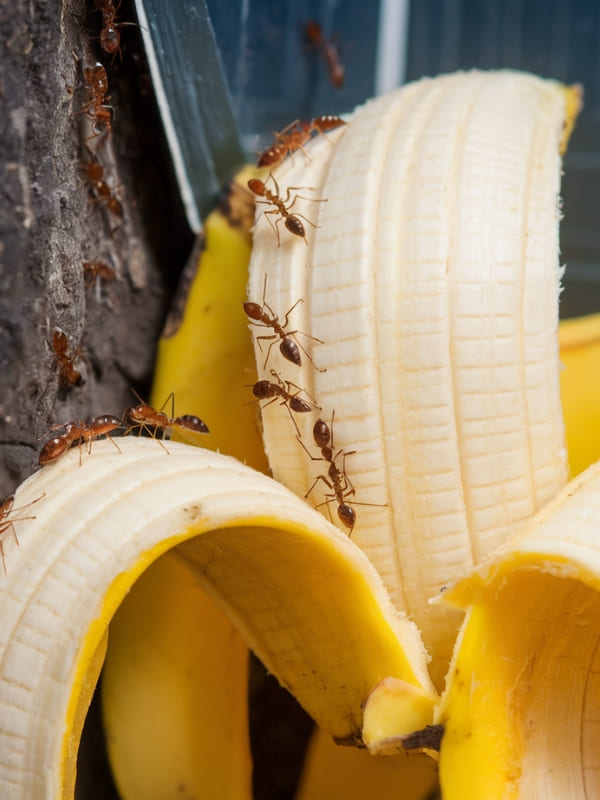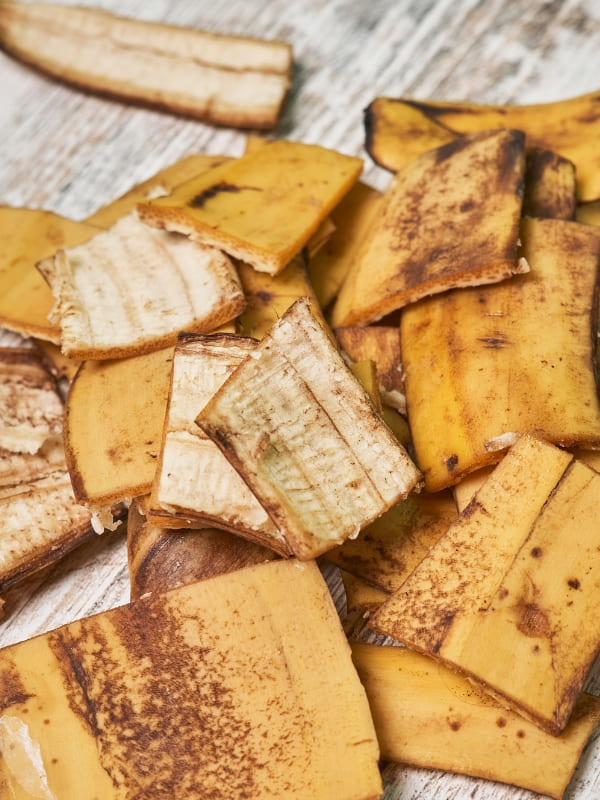Ant infestations are a common household nuisance, often leading people to use chemical pesticides that pose risks to both health and the environment. However, there’s a simple, sustainable alternative hiding in your kitchen banana peels.
These humble leftovers can be repurposed into a natural ant deterrent that’s effective, eco-friendly, and safe for your family and pets.
Here’s everything you need to know about using banana peels to tackle ants naturally.
Why Banana Peels Work as an Ant Deterrent
1. Natural Repellent Properties
Banana peels contain compounds like limonene, which ants find unpleasant. While the peel’s sugary scent might attract ants initially, the release of these chemicals ultimately deters them.
This makes banana peels a natural and effective option for dealing with infestations.
2. Safe and Non-Toxic
Unlike traditional pesticides, banana peels are completely non-toxic. This ensures the safety of children, pets, and other beneficial insects, making them a perfect solution for households looking to avoid harsh chemicals.
3. Eco-Friendly Alternative
Repurposing banana peels reduces household waste and contributes to sustainable pest control practices. This approach eliminates the need for chemical packaging, promoting environmental health.

Benefits of Using Banana Peels for Ant Control
1. Cost-Effective
Banana peels are essentially free, making them a budget-friendly alternative to store-bought pesticides.
2. Environmentally Friendly
Unlike chemical solutions, banana peels biodegrade naturally and don’t harm the environment.
3. Accessible and Convenient
Bananas are a household staple, ensuring you always have a readily available pest control solution.
4. Safe for Beneficial Insects
Unlike synthetic pesticides, banana peels don’t harm beneficial insects such as bees or ladybugs, preserving your garden’s ecosystem.

How to Use Banana Peels to Repel Ants
1. Prepare the Banana Peels
For maximum potency, use fresh banana peels. Then, cut the peels into smaller pieces to make them easier to handle.
2. Place the Peels Strategically
First, identify areas where ants are most active, such as entry points, trails, or near food sources. Then, lay the banana peel pieces skin-side down in these identified locations.
3. Monitor and Replace
To ensure effectiveness, check the areas regularly. Next, replace the peels every few days or once they’ve dried out to maintain their potency.
4. Dispose Responsibly
Once the peels have served their purpose, compost them or discard them properly to avoid attracting other pests.

Tips to Maximize Effectiveness
You can combine them with other natural deterrents. Pairing banana peels with vinegar, lemon juice, or coffee grounds can enhance their effectiveness.
Furthermore, after addressing the ant problem, it’s a good idea to seal entry points, such as cracks and crevices, to prevent future infestations.
Last but not least, maintaining a clean environment is crucial. Keep your kitchen and other areas clean by wiping down counters and storing food in sealed containers to avoid attracting ants in the first place.

Cautions and Precautions
Too many banana peels in one area may attract other pests, such as fruit flies or rodents. Use sparingly and monitor the area.
Do not leave banana peels to rot indoors or in places where they might create hygiene issues. Compost them properly after use.
Some individuals or pets may have sensitivities to banana peels. Always observe reactions closely when using them in shared spaces.
If the infestation persists, consider combining banana peels with other natural pest control methods or sealing entry points for more effective results.

Banana Peels for Ant Control: An Eco-Friendly Solution That Works
